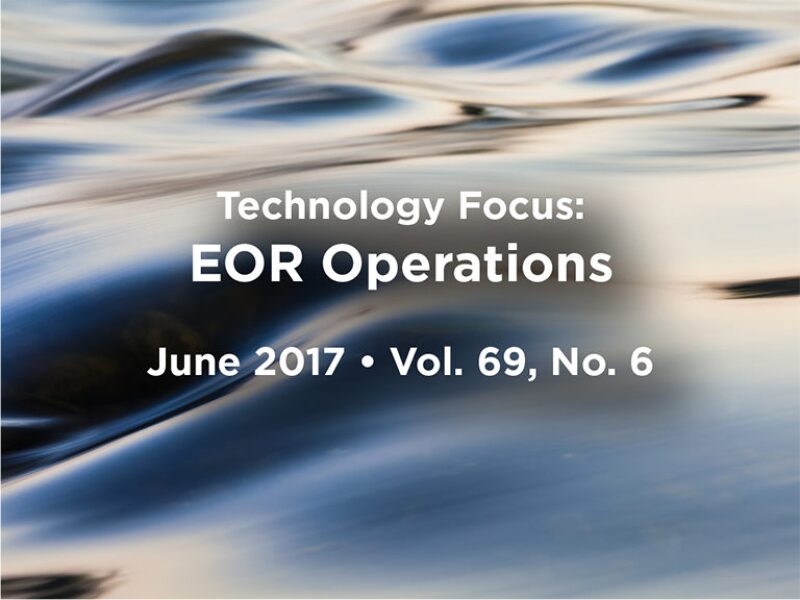This paper presents an overview of the SACROC Unit’s activity focusing on different carbon dioxide (CO2) injection and water-alternating-gas (WAG) projects that have made the SACROC unit one of the most successful CO2 injection projects in the world. The main objectives of this were was to review CO2 injection and injection-rate losses with respect to the CO2/WAG miscible displacement process in the SACROC Unit and recommend an injection strategy for WAG-sensitive patterns.
Introduction
The Kelly-Snyder field is the largest of a chain of fields along the Pennsylvanian Horseshoe atoll in the Midland Basin. Within this field, the Scurry Area Canyon Reef Operators Committee (SACROC) Unit covers approximately 56,000 acres with 2,800 million STB of original oil in place (OOIP). Limestone is the dominant mineral within the Canyon Reef formation, and less than 3% of the formation exists as thin sections of shale (1–10 ft in thickness) that are important stratigraphic markers. The formation is divided into four major zones: the Cisco, the Green Zone (GZ), the Upper Middle Canyon, and the Lower Middle Canyon (LMC). Of these, the GZ shows the highest matrix permeability, significant nonmatrix-flow features, and high-conductivity channels.


